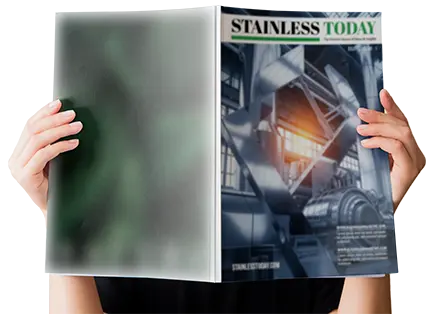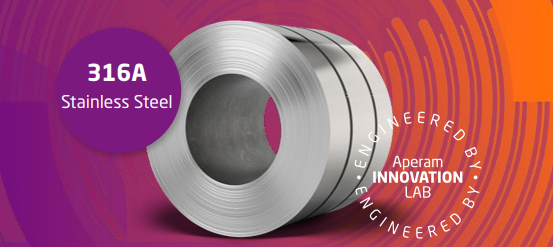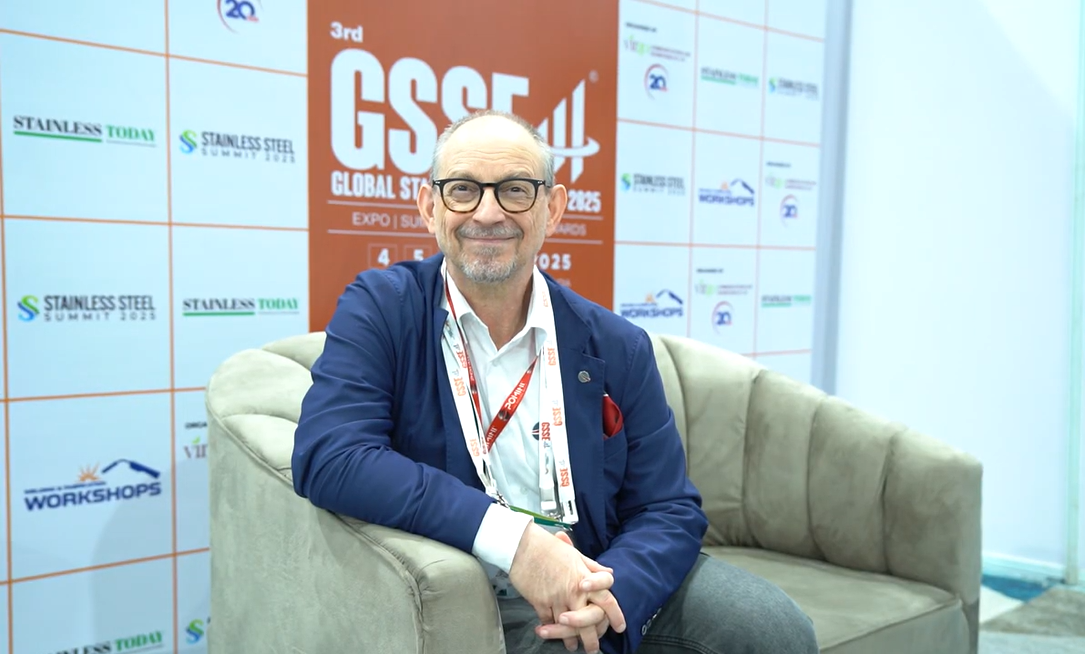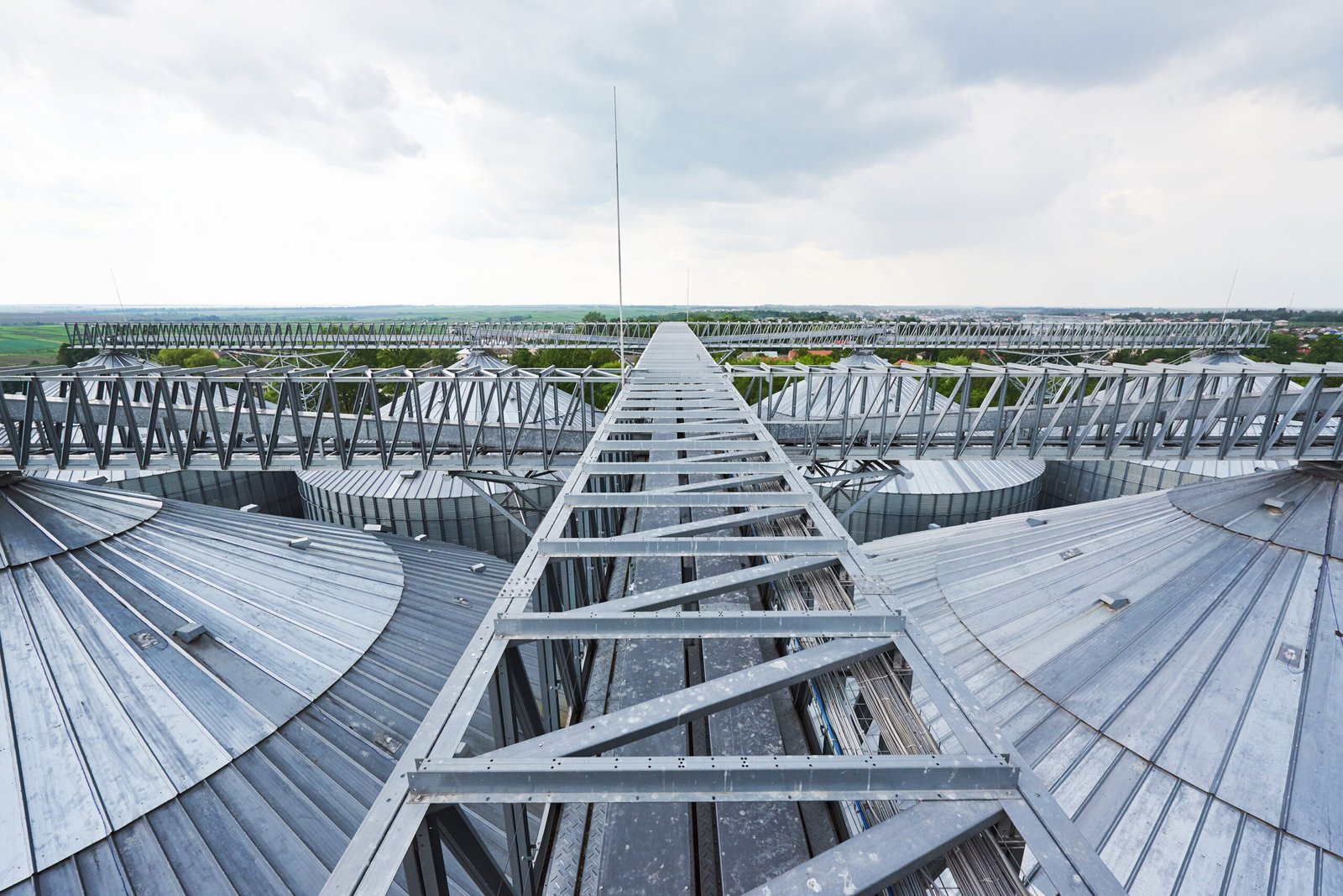How to build a bridge that saves a fortune
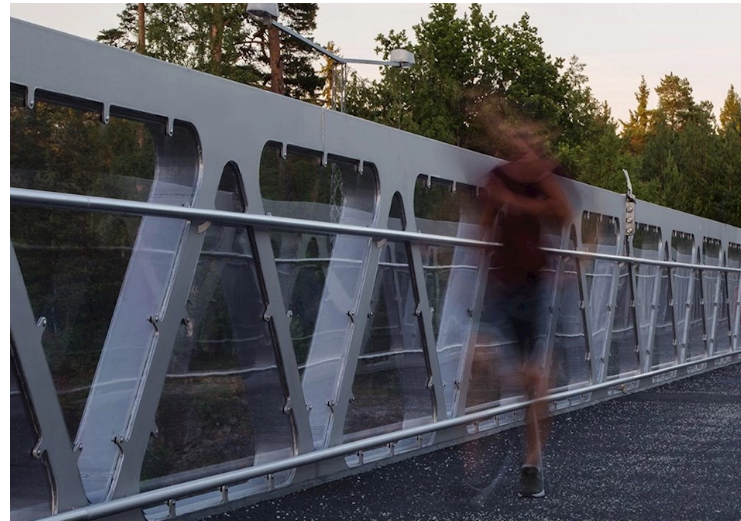
Andy Backhouse, Lead Technical Manager (Structural Applications), Outokumpu, explains how local authorities and transport agencies are turning to duplex stainless steel as a bridge building material that will protect budgets over the long term.
Local government and transport authorities around the world are increasingly turning to Life Cycle Cost (LCC) analysis when specifying bridges and other infrastructure. Many agencies are faced with high maintenance bills for existing assets and LCC can help them avoid this.
One famous example is the Brooklyn Bridge, which was built before stainless steel had been invented in 1883 to connect Manhattan and Brooklyn at a cost of $15 million. Since 2006 alone, the New York State Department of Transportation has spent $600 million on maintenance to repair extensive corrosion of floor beams and base plates.
It’s a similar picture elsewhere. A 2019 study by the American Road and Transport Builders Association found that 47,000 bridges in the US are structurally deficient. Meanwhile, in Germany, the Railway and Transport Workers Union (EVG) estimated that maintenance costs have doubled since 1993 due to the age of the country’s rail infrastructure.
However, developments in recent years have shown it doesn’t have to be like this. A new generation of architects and structural engineers has found that stainless steel can be the least costly material for a heavily used road, rail or pedestrian bridge.
Stainless steel bridges
The very first duplex stainless steel bridges were specified to make use of the high strength, corrosion resistance and attractive finish to create arch structures like the Millennium Bridge in York, UK. The arch looks as good today as it did the day it opened in 2001. However, it wasn’t long before structural engineers saw potential for value engineering. The Añorga Railway Bridge near San Sebastian, Spain is a good example. It was built in 2011 to replace a previous bridge that had experienced heavy corrosion that required regular closures of the railway line for maintenance.
Rail operator Eusko Trenbide Sarea wanted the new bridge to last 130 years with no need to shut the line for major maintenance. It chose an industrial bridge made from 130 tonnes of Forta LDX 2101 plates, which were cut to shape and welded together to create an arch structure. When surveyed four years later, it was still in as-new condition in spite of pollution from a nearby concrete plant.
High strength, corrosion resistance and price stability
The Añorga bridge was one of the first to make use of the grade Forta LDX 2101, a lean duplex (LDX) grade of stainless steel. ‘Lean’ means that the alloy contains a relatively low level of nickel, which minimises the material cost. Duplex means that the alloy combines the metallurgical structures of austenitic and ferritic stainless steel to give many advantages.
Forta LDX 2101 provides high strength, corrosion resistance and price stability. This combination is ideal for building lightweight and long-lasting bridges that provide good value.
Life Cycle Costing Analysis (LCC) for Södertälje pedestrian bridge
Another bridge that makes use of Forta LDX 2101 is the Södertälje bridge, a pedestrian and cycle bridge that crosses Sweden’s E4 motorway. This structure is based on a patented modular design that was created to optimise costs over a lifetime. The LCC included the cost of design, fabrication, transport and installation at the start of its life. It also took account of inspection and maintenance, as well as decommissioning and scrap value of the bridge at the end of its life.
Peter Månsson, Quality Manager of Stål & Rörmontage, the designer and fabricator who built the bridge, said: “The bridge is made of two pieces, one of them is 36 meters long and the other one 24 metres. Our special, protected design was developed to make the most of the material and also to cut the bridge’s life cycle cost.”
“This bridge has a lifespan of 120 years, with no need for maintenance. In our thinking, the total life cycle costs have to be taken into account, not only the immediate investment costs. The initial cost of a stainless bridge is higher. But at the first maintenance check, at approximately 30 years, when a carbon steel bridge has to be repainted and a wooden bridge replaced, stainless steel pays itself back.”
“Outokumpu’s Lean Duplex Forta LDX 2101 was our first choice for this project. Long lifespan of the bridge was very important for the municipality as well. Our calculations indicate that, over a reference period of 120 years, wood and carbon steel bridge costs are significantly higher than a stainless steel bridge.”
Composite bridge LCC white paper
A summary paper of a study undertaken by engineering consultancy Arup provides engineers with an analysis and breakdown of the costs when building a typical composite bridge.
Called ‘Stainless steel composite bridge study: A summary of ARUP reports’, the white paper compares a composite steel beam and concrete bridge when different steel materials are used to build otherwise similar bridges. These were: painted S355-grade carbon steel; unpainted S355W-grade weathering steel; and lean duplex Forta LDX 2101 stainless steel. A fourth version uses the same grade of stainless steel but with an optimised design that makes use of the high strength of the material to reduce the thickness of beams and therefore reduce the weight and cost of the material.
The study found that the optimised design in lean duplex stainless steel has an initial purchase price that is around the same as a carbon steel bridge. However, because it does not need regular painting or repair, it is significantly less costly over a lifetime.
Long lasting rebar
Some grades of stainless steel are also ideal for rebar in bridge piers that are splashed by salt water. Used as the structural support inside reinforced concrete, stainless steel resists corrosion. Therefore, when chlorides find their way through the concrete, the rebar minimises concrete spalling that would take place with a typical carbon steel. In addition, it needs less concrete coverage to protect it from seawater.
One example is a concrete pier at Progreso in Mexico. It was built with stainless steel rebar between 1937 and 1941 and was extended to 6.5 km in 1988, making it the world’s longest pier. This compares with a smaller neighbouring pier built in 1972 with carbon steel, which has long since collapsed into the sea due to corrosion. However, engineers can specify stainless steel rebar for just the splash zone. This selective use of corrosion resistance will significantly extend the life of a bridge over an expanse of seawater.
Sustainability savings
It’s likely that these bridges will be just a few early examples of a whole new generation of stainless steel bridges specified for their financial sense. However, responsibly sourced stainless steel also makes sense from an environmental point of view.
First, because it can resist corrosion and does not need repainting, repair or shot blasting during service, stainless steel is non-polluting to its environment.
In addition, stainless steel is the ultimate recyclable material. Outokumpu sources a large percentage of its raw material by recycling scrap material. This limits use of the raw materials. However, increasing the recycled content of stainless steel is the single most efficient way to reduce our environmental impact. Achieving a 20 per cent increase in recycled material prevents 1.2 tonnes of CO2 emissions per tonne of stainless steel.
Recognising that environmental accountability is becoming more important, Outokumpu publishes Environmental Product Declarations. These break down the carbon footprint of steel products so that engineers and their clients can calculate the carbon footprint of their structures. As a result, transport authorities can provide transparent environmental accountability to the public.
Image courtesy: Case Södertälje bridge / www.outokumpu.com

